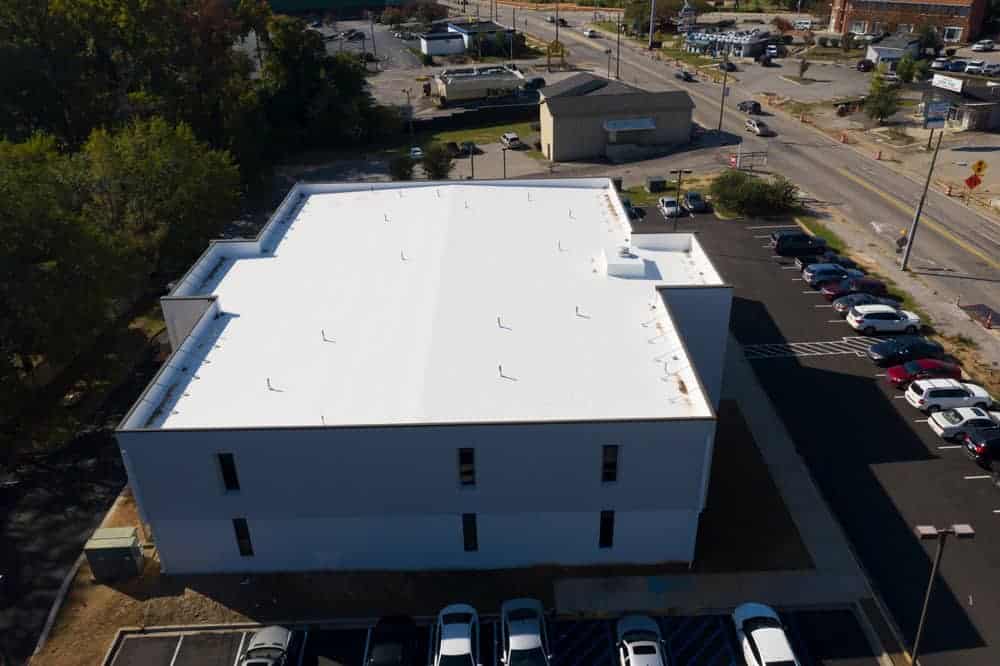What Is TPO Roofing?

If you're wondering, what is TPO roofing? There are a number of factors that determine its durability. TPO membranes are usually manufactured in small rolls and can result in additional seams on the roof surface. As the membrane contracts and expands, these seams become loose and allow water to penetrate into vulnerable areas of the roof. For these reasons, TPO roofing should be properly maintained and inspected regularly. Listed below are some of the most important points to consider when installing a TPO roof.
The most obvious benefit of TPO is the color choice. While most roofs are low-sloped, there are many color options available for flat and steep-sloped roofs. Because most flat roofs are not visible from the ground, most people opt for standard colors such as tan, grey, and white. However, if you're planning on installing a higher-profile roof, there are also premium color options. These premium options may cost around 15% more per square foot.
Another important advantage of TPO is its energy efficiency. Because it's made of environmentally friendly products, TPO roofing is a viable option for reducing your energy bill. Additionally, TPO roofs reflect UV rays, keeping the surface of your roof cooler during the summer months and reducing the heat inside your building. Another benefit is that TPO is resistant to algae and mold, which makes cleaning easier and more efficient. Roof Repair Company
When installing TPO roofing, your contractor will use a ballast configuration that drapes the membrane over the roof. This combination provides incredible strength. The adhesive that adheres the membrane is chemically bonded to the membrane. Once you have the TPO roofing membrane in place, the contractor will use a heat gun to seal the seams between the shingles. This method is highly durable and flexible, and the membrane is available in a variety of colors.
The advantages of TPO roofing are many. These roofs are energy efficient and often exceed Energy Star requirements. In addition, they are lightweight, flexible, and have fewer seams. These characteristics combine to make TPO roofs a great choice for any commercial building. It is easy to install and is one of the cheapest flat roofing materials on the market. In addition, TPO roofing is also a great choice if you're looking to lower your heating and cooling costs.
Although TPO roofs are known for their affordability, they are not without their disadvantages. Some TPO roofs can last more than 20 years without needing repair, but not all manufacturers produce the highest quality TPO roofing. Because of this, you should make sure you choose a quality contractor to install your TPO roof. You should also check that the installers used the best materials and that you don't hire them just for the color.
Installing a TPO roof requires professional roofers. The labor involved in the installation will be the biggest portion of the cost. A newer roofer may charge less than an experienced one, but premium quality membranes are more durable and resistant to punctures. This also means that premium quality TPO roofing membranes will cost more than those made from a cheaper TPO membrane. You should look for a roofer who has been practicing for years.
Subscribe to Davis Roofing and Restoration, LLC's Blog




